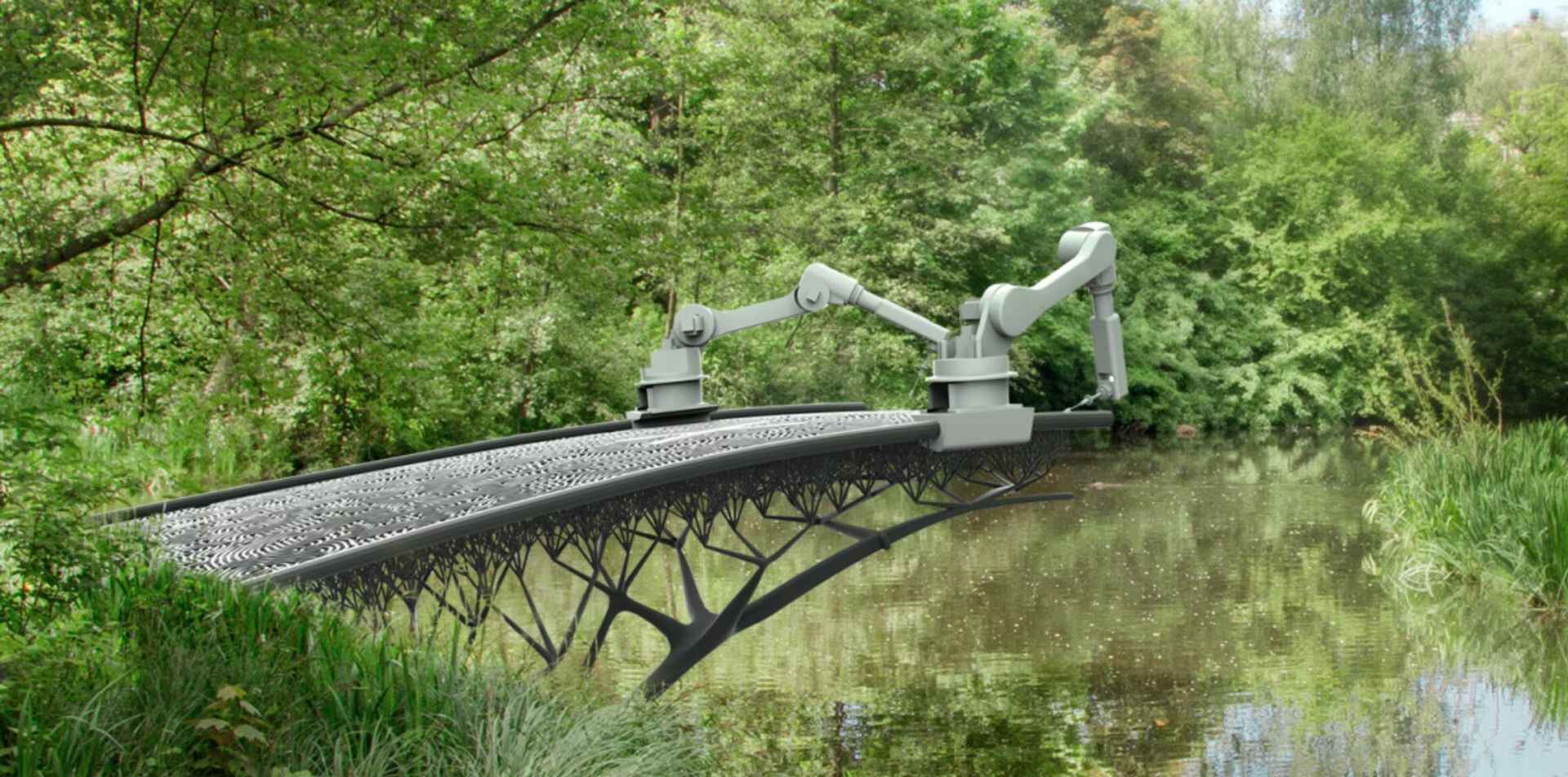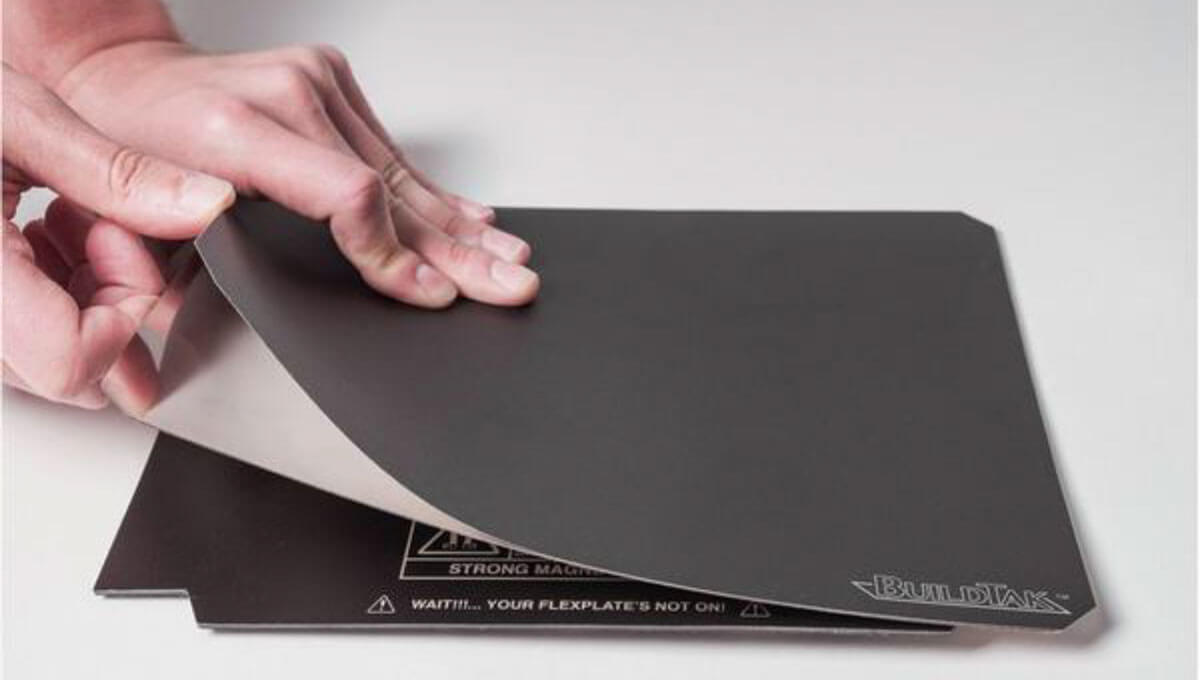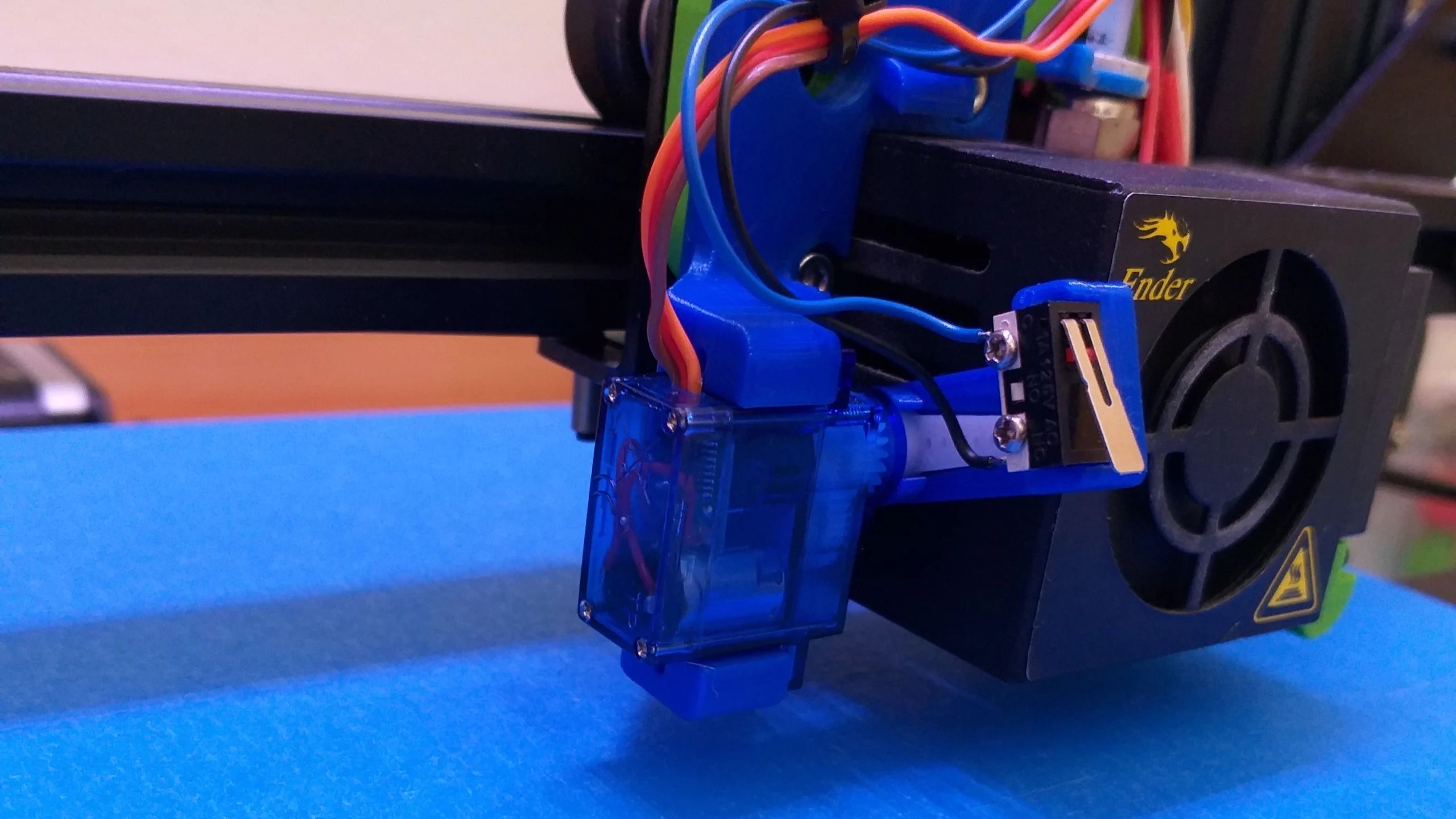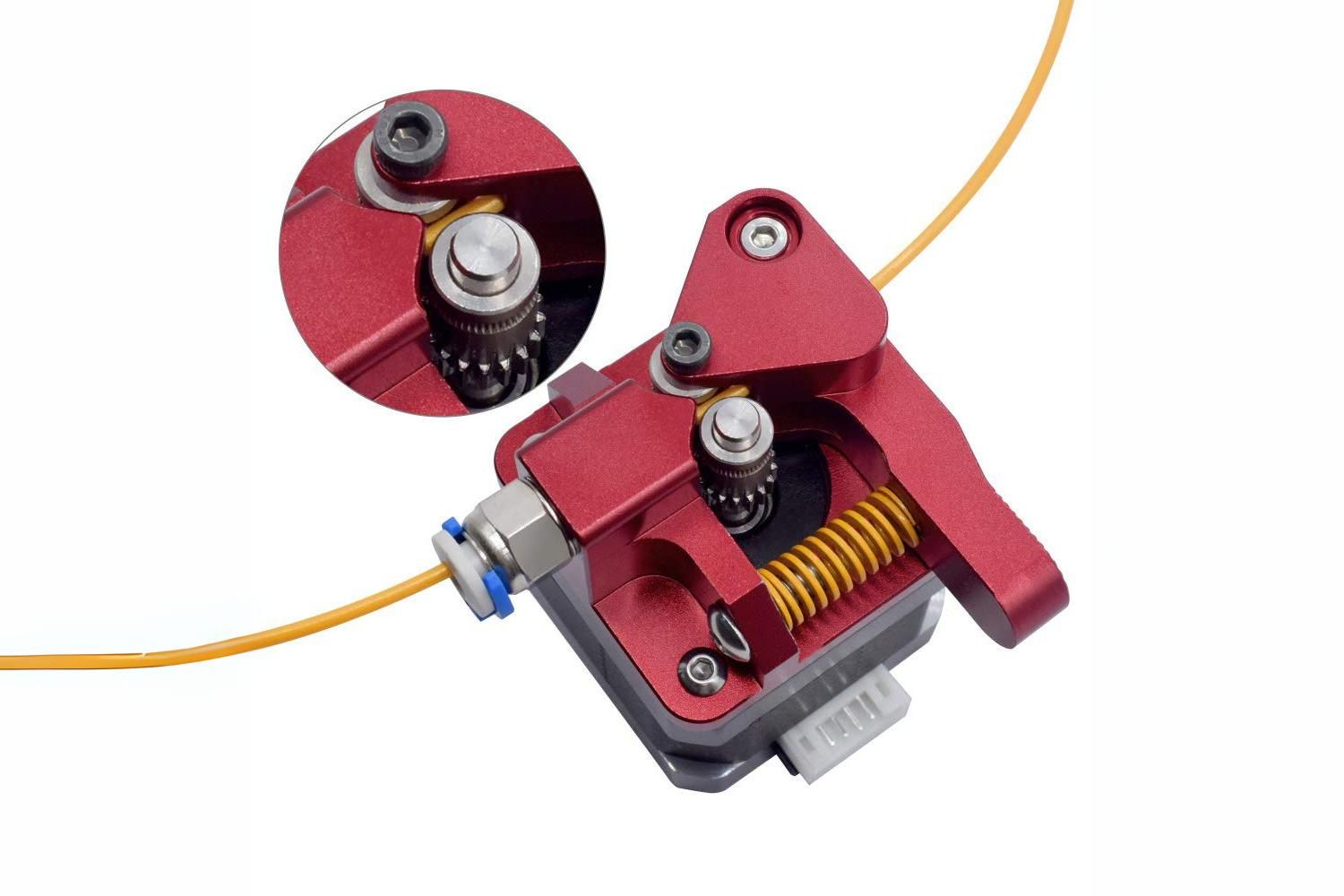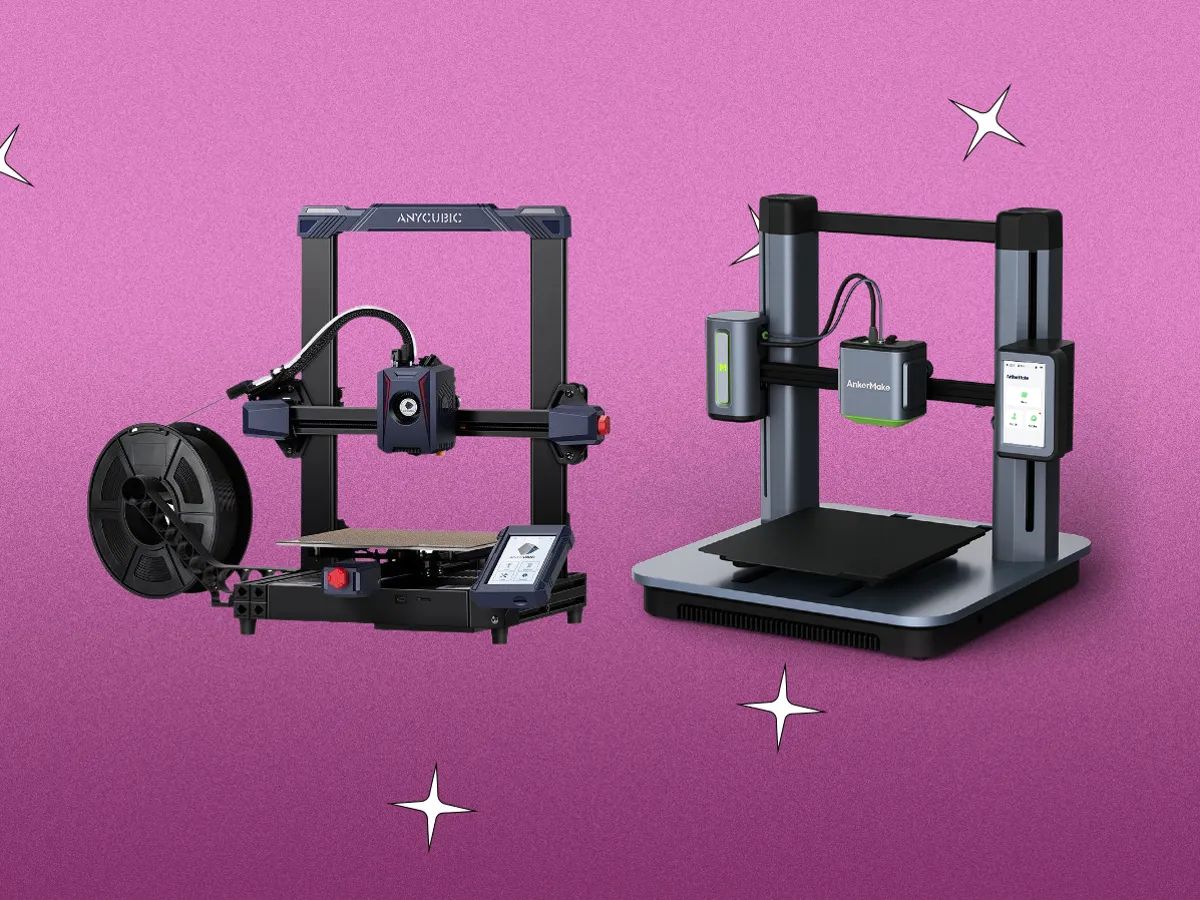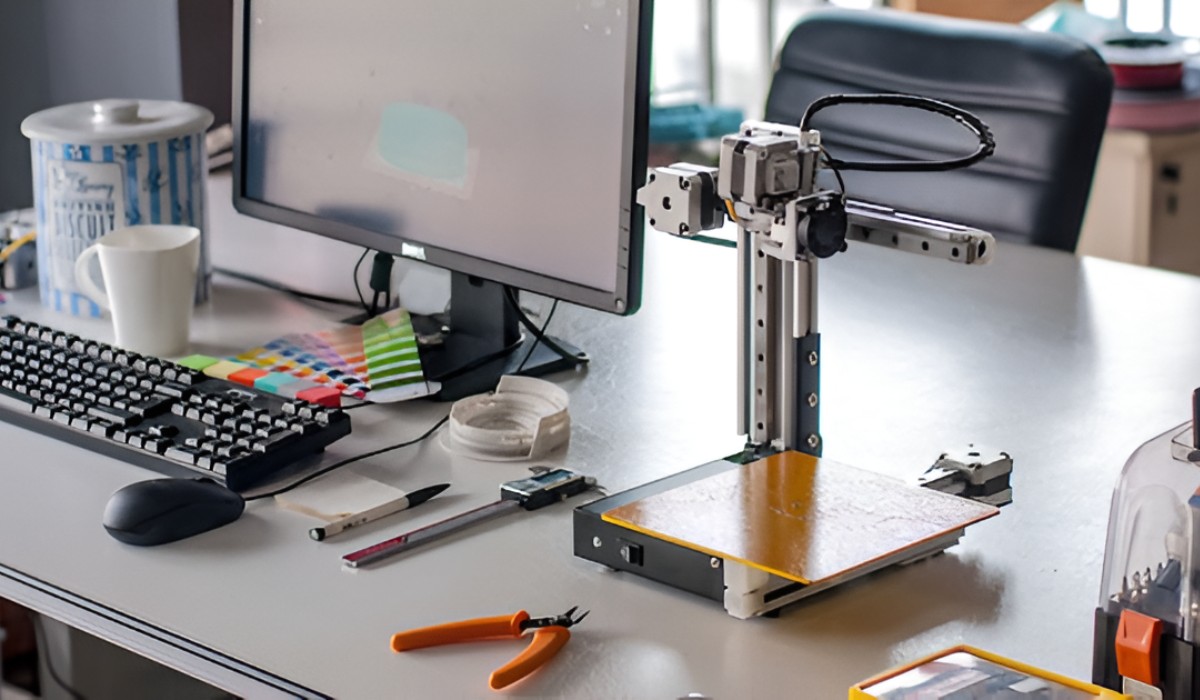What Is 3D Printing In Construction
3D printing, also known as additive manufacturing, is a revolutionary technology that has gained widespread recognition in various industries, including construction. This innovative process involves creating three-dimensional objects by layering materials based on a digital model. The use of 3D printing in construction has revolutionized traditional building methods and opened up new possibilities for architects, engineers, and construction professionals.
Unlike conventional construction methods that often involve labor-intensive and time-consuming processes, 3D printing in construction offers a faster, more efficient, and cost-effective approach to building. By using specialized 3D printing machines or printers, construction companies can create intricate and complex structures with precision and accuracy.
One of the main advantages of 3D printing in construction is its ability to reduce material waste. Traditional construction methods often generate a significant amount of construction waste, leading to environmental concerns. However, with 3D printing, the exact amount of material needed can be calculated and used accordingly, minimizing waste and promoting sustainability.
Another key benefit of 3D printing in construction is the flexibility it offers in design and customization. Architects and designers can create unique and personalized structures by leveraging the capabilities of 3D printing technology. Complex geometries that were once difficult or impossible to achieve using traditional methods can now be easily realized through 3D printing.
Moreover, 3D printing in construction enables the construction of structures with enhanced structural integrity. The layer-by-layer construction process allows for the inclusion of reinforcement materials, such as fibers or metals, within the printed object. This results in structurally sound and durable buildings that can withstand various environmental and load conditions.
The applications of 3D printing in construction are wide-ranging. It can be used to create architectural components, building facades, concrete structures, and even entire houses. The ability to construct buildings quickly and efficiently using 3D printing technology opens up possibilities for disaster relief housing, affordable housing, and sustainable construction practices.
Despite its incredible potential, there are still challenges and limitations associated with 3D printing in construction. These include the high costs of acquiring and maintaining 3D printers, limited availability of suitable construction materials, and the need for skilled operators to manage the printing process.
However, as technology continues to advance and more research and development are dedicated to 3D printing in construction, these challenges are gradually being overcome. The future of 3D printing in construction holds immense promise, with the potential to transform the way we build and create innovative, sustainable, and visually stunning structures.
Introduction
The construction industry constantly seeks innovative approaches to streamline processes, enhance productivity, and reduce costs. One such innovation that has gained significant traction is 3D printing. 3D printing, also known as additive manufacturing, has revolutionized traditional construction methods and opened up new possibilities for architects, engineers, and construction professionals.
3D printing in construction involves the use of specialized printers to create three-dimensional objects by layering materials based on a digital model. This technology has the potential to disrupt the industry, bringing about a paradigm shift in the way buildings are designed and constructed.
The primary advantage of 3D printing in construction lies in its efficiency and cost-effectiveness. Unlike conventional construction methods that often involve lengthy and labor-intensive processes, 3D printing can greatly expedite the building process. By eliminating the need for manual labor in certain stages, construction projects can be completed faster, saving both time and money.
Additionally, 3D printing in construction offers a higher level of precision and accuracy compared to traditional methods. By following a digital model, the printers can create intricate and complex structures with ease. This level of precision ensures that all components fit together perfectly, reducing the risk of errors or inconsistencies.
Another significant advantage of 3D printing in construction is its sustainability. This technology allows for a more efficient use of materials, as the exact amount needed can be calculated and used, minimizing waste. Furthermore, the ability to use recycled materials in the printing process contributes to the industry’s sustainability goals.
Moreover, 3D printing enables architects and designers to explore more innovative and creative designs. Traditional construction methods often impose limitations due to the complexity and cost of implementation. With 3D printing, complex geometries can be easily realized, allowing for unique and visually stunning architectural designs.
However, despite the numerous advantages, there are still challenges that need to be addressed in integrating 3D printing into the construction industry. These include the high initial costs of acquiring the necessary equipment, limited availability of suitable construction materials for printing, and the need for skilled operators to manage the printing process.
Despite these challenges, the future of 3D printing in construction looks promising. As technology continues to advance and research and development in this field progresses, the potential for more widespread adoption of 3D printing in the construction industry grows. The integration of 3D printing technology has the potential to transform the way we build, making construction processes more efficient, sustainable, and cost-effective.
Understanding 3D Printing
3D printing, also known as additive manufacturing, is a process of creating three-dimensional objects by depositing successive layers of material based on a digital model. This innovative technology has revolutionized various industries, including construction, by offering unprecedented design freedom, cost savings, and efficient production.
The process of 3D printing starts with a digital model of the object to be printed. This digital model is created using computer-aided design (CAD) software, which allows for precise control and customization of the object’s dimensions and geometry. The digital model serves as a blueprint for the 3D printer, guiding its movements and layering process.
Once the digital model is ready, the 3D printer begins the printing process. The printer uses a variety of materials, such as plastic, metal, or concrete, depending on the desired object’s characteristics and requirements. These materials are fed into the printer in filament or powder form and are melted or solidified to form each layer of the object.
The layering process is carried out in a controlled manner, with each layer being deposited one on top of the other. The printer follows the instructions from the digital model, precisely placing the material to create the desired shape and structure. This layer-by-layer approach allows for the creation of complex and intricate designs that would be challenging or impossible to achieve through traditional manufacturing methods.
Aside from the layering process, 3D printing can also involve additional steps to enhance the object’s strength, durability, or aesthetic appeal. These steps may include post-processing techniques such as sanding, polishing, or painting. Furthermore, 3D printing technology can incorporate features like internal cavities, channels, or lattices, allowing for greater functionality and design innovation.
One of the significant advantages of 3D printing is its ability to create objects with high precision and accuracy. The digital nature of the process eliminates human errors and allows for intricate details to be reproduced consistently. This level of precision is particularly beneficial in the construction industry, where complex architectural designs often require meticulous accuracy.
Another advantage of 3D printing is its potential to reduce material waste. Unlike traditional manufacturing processes where excess material is often discarded, 3D printers only use the exact amount of material needed for each layer. This precision in material usage helps minimize waste and contributes to the sustainability efforts in the construction industry.
Overall, understanding 3D printing provides insight into the technology’s capabilities and the benefits it brings to the construction industry. By harnessing the power of digital design, precise layering, and material efficiency, 3D printing has the potential to revolutionize the way buildings are constructed, enabling faster, more cost-effective, and customizable solutions.
Applications of 3D Printing in Construction
3D printing technology has opened up a wide range of applications in the construction industry. From architectural components to entire buildings, 3D printing has the potential to transform the way we design, construct, and even recycle structures. The following are some of the notable applications of 3D printing in construction:
Architectural Components: 3D printing allows architects and designers to create complex and customized architectural components. This includes intricate facades, ornamental structures, and decorative elements that add aesthetic value to buildings. The ability to produce unique designs without the limitations of traditional manufacturing methods opens up new possibilities for creative expression in architecture.
Structural Elements: 3D printing in construction is also used for producing structural elements such as beams, columns, and walls. By using suitable construction-grade materials, 3D printers can create these components with precise geometric accuracy and desired structural properties. This level of customization ensures that the structural elements meet the specific requirements of a project.
Concrete Structures: 3D printing has shown great promise in fabricating concrete structures. By using a specially formulated concrete mixture, 3D printers can deposit successive layers of concrete to create walls, floors, and other building elements. This method offers faster construction times, reduced material waste, and greater design flexibility.
Modular Construction: 3D printing allows for the production of modular components that can be easily assembled to create entire buildings. These modular units can be printed off-site, reducing on-site construction time and minimizing disruption to the surrounding environment. This approach is particularly advantageous for projects that require rapid deployment or temporary structures.
Sustainable Construction: 3D printing in construction has the potential to promote sustainability by reducing material waste and energy consumption. The precise material usage of 3D printing minimizes the amount of waste generated during the construction process. Additionally, the ability to use recycled materials in the printing process contributes to the industry’s efforts towards sustainable construction practices.
Disaster Relief Housing: One of the most impactful applications of 3D printing in construction is in the realm of disaster relief housing. The ability to quickly and efficiently produce durable and affordable housing units using 3D printing technology can greatly aid in providing shelter to those affected by natural disasters or humanitarian crises.
Research and Development: 3D printing is also utilized in the research and development phase of construction projects. It allows for the creation of prototypes and scale models, enabling architects and engineers to test the feasibility of their designs before full-scale construction begins. Iterative design and experimentation are made easier and more cost-effective with 3D printing.
These are just a few examples of the applications of 3D printing in the construction industry. As the technology continues to evolve and gain wider acceptance, we can expect to see even more innovative applications that further revolutionize how we build and shape our built environment.
Benefits of 3D Printing in Construction
3D printing technology offers numerous benefits to the construction industry, transforming traditional building methods and providing new opportunities for innovation. The following are some of the key advantages of using 3D printing in construction:
Efficiency and Time Savings: 3D printing in construction can significantly expedite the building process. By eliminating many labor-intensive tasks, such as formwork construction and manual assembly, projects can be completed in a fraction of the time compared to traditional methods. This enhanced efficiency leads to reduced construction schedules and faster project delivery.
Cost Savings: 3D printing has the potential to lower construction costs. By minimizing the amount of material waste and optimizing resource usage, 3D printing technology can reduce material and labor costs. Additionally, the ability to manufacture components on-site or off-site using 3D printing can eliminate transportation costs associated with prefabricated elements.
Design Flexibility: 3D printing allows for intricate and complex designs that may be challenging or impossible to achieve through traditional construction methods. The layer-by-layer printing process enables architects and designers to create unique geometries and customized structures. This design flexibility allows for greater creativity and innovation in architectural and structural design.
Sustainability: 3D printing in construction contributes to sustainability efforts in several ways. The precise material usage of 3D printing minimizes waste and reduces environmental impact. Additionally, the ability to incorporate recycled or locally sourced materials into the printing process promotes sustainable practices. By optimizing material usage and reducing waste, 3D printing helps to conserve resources and lower the carbon footprint of construction projects.
Improved Quality Control: 3D printing technology ensures high precision and accuracy in the production of building components. The digital nature of the process eliminates human errors and inconsistencies, resulting in superior quality and reliability. Each layer of the printed object adheres to the exact specifications outlined in the digital model, guaranteeing a higher level of product quality and consistency.
Customization and Personalization: With 3D printing, buildings and components can be easily customized to meet specific user requirements. Whether it’s tailoring design elements to match individual preferences or accommodating unique site conditions, 3D printing allows for personalized solutions. This customization enhances user satisfaction and helps create truly distinctive and functional spaces.
Construction in Challenging Environments: 3D printing technology enables construction in challenging or remote environments. By printing components on-site or using portable 3D printers, construction projects can be carried out in areas with limited access to traditional construction resources. This capability is particularly valuable for disaster relief efforts, military operations, and off-planet construction.
Overall, the benefits of 3D printing in construction are numerous and game-changing. From increased efficiency and cost savings to enhanced design flexibility and sustainability, this innovative technology has the potential to reshape the construction industry and unlock new possibilities for creative, efficient, and sustainable building practices.
Challenges and Limitations of 3D Printing in Construction
While 3D printing technology holds great promise for the construction industry, there are several challenges and limitations that need to be overcome for its widespread adoption. These include:
High Initial Costs: The initial investment required for acquiring and maintaining 3D printing equipment can be a significant barrier to entry for many construction companies. The cost of purchasing specialized printers, materials, and software, as well as the need for skilled operators, can be prohibitive for smaller firms.
Limited Material Options: The availability of suitable construction materials for 3D printing can be limited. While progress has been made in developing printable concrete mixtures, there is still a need for a wider range of construction-grade materials that offer the necessary strength, durability, and fire resistance. Research and development efforts are ongoing to address this limitation.
Scaling Up: 3D printing is currently more suited for the production of smaller-scale components and structures. Scaling up the technology to print large-scale buildings efficiently and cost-effectively poses technical challenges. Developing printers with larger build volumes and overcoming logistical constraints associated with printing on-site are areas that require further exploration.
Skilled Operators: Operating 3D printers in construction requires specialized knowledge and skills. Training and education programs need to be developed to ensure that construction professionals are equipped with the required expertise to operate and maintain the equipment effectively. The need for skilled operators adds to the challenges of implementing 3D printing in the construction industry.
Regulatory and Legal Frameworks: The regulatory and legal framework governing 3D printing in construction is still in its nascent stages. Building codes and standards need to be developed or adapted to address the unique considerations and requirements of 3D-printed structures. Ensuring compliance with existing regulations and obtaining necessary certifications can be a complex process.
Quality Control and Testing: Ensuring the quality and structural integrity of 3D-printed structures is crucial. Establishing effective quality control processes and conducting comprehensive testing protocols to verify the performance of printed components is essential. Testing methodologies specific to 3D printing in construction need to be developed to ensure the safety and reliability of the printed structures.
Perception and Acceptance: Despite the advancements and proven capabilities of 3D printing in construction, there may still be a degree of skepticism and resistance to adopting this technology. Overcoming the perception barriers and demonstrating the benefits and viability of 3D printing in construction to stakeholders is critical for its wider acceptance and implementation.
Addressing these challenges and limitations is essential for the successful integration of 3D printing into the construction industry. As technology continues to advance and research efforts continue, many of these obstacles are gradually being overcome, paving the way for a future where 3D printing becomes an integral part of the construction process.
Future of 3D Printing in Construction
The future of 3D printing in construction looks promising, with the potential to revolutionize the industry and reshape the way we build. As technology continues to advance and research and development efforts expand, several key trends and developments are expected to shape the future of 3D printing in construction:
Increased Adoption: As the benefits of 3D printing become more widely recognized and the technology becomes more accessible, we can expect to see increased adoption of 3D printing in the construction industry. 3D printing is likely to be embraced by both large construction companies and smaller firms as the costs associated with the technology continue to decrease and the potential for cost savings and efficiency gains become even more apparent.
Advancements in Materials: The development of advanced construction-grade materials specifically tailored for 3D printing is expected to expand. Researchers are exploring new materials with enhanced properties that offer optimal strength, durability, sustainability, and even enhanced thermal and acoustic properties. These advancements will further broaden the range of applications and increase the reliability and performance of 3D-printed structures.
Robotic Construction: 3D printing technology will likely merge with robotics and automation, resulting in the emergence of robotic construction systems. Instead of relying solely on human operators, autonomous robots will be used to carry out the 3D printing process. Such systems will be capable of precise and efficient printing, reducing the reliance on manual labor and further increasing the speed and efficiency of construction projects.
Integration with Building Information Modeling (BIM): The integration of 3D printing with Building Information Modeling (BIM) systems will streamline the design-to-construction process. Architects and engineers will be able to seamlessly transfer digital models from BIM software to the 3D printers, optimizing the coordination and collaboration among project stakeholders. This integration will contribute to faster project delivery, enhanced accuracy, and reduced errors during the construction process.
On-Site Printing: On-site 3D printing will become more prevalent as the technology advances. Portable and adaptable 3D printers will be used to print components directly at the construction site, eliminating transportation logistics and reducing construction timelines. On-site printing will be particularly advantageous for remote or disaster-stricken areas where conventional construction methods are not feasible or time-sensitive project delivery is essential.
Multi-Material Printing: Future developments will enable the printing of structures with multiple materials simultaneously. This capability will allow for the integration of different materials with varied properties, such as concrete, metals, and polymers, in a single printed object. Multi-material printing will open up new design possibilities and enable the construction of more complex and functional structures.
Sustainable Construction Practices: Sustainability will continue to be a driving force behind the future of 3D printing in construction. The technology’s ability to minimize material waste, utilize recycled materials, and reduce energy consumption aligns with the industry’s goals of promoting eco-friendly construction practices. 3D printing will contribute to the development of more sustainable, energy-efficient, and environmentally friendly buildings.
These trends and developments, along with ongoing research and technological advancements, will shape the future of 3D printing in construction. As barriers are overcome and the technology becomes more refined, 3D printing will become an integral part of the construction industry, revolutionizing the way we design, build, and experience the built environment.
Conclusion
3D printing technology has emerged as a game-changer in the construction industry, offering numerous benefits and reshaping the way we design, construct, and envision buildings. The ability to create three-dimensional objects layer by layer based on digital models has revolutionized traditional construction methods, enabling faster, more cost-effective, and highly customizable solutions.
From architectural components to entire buildings, the applications of 3D printing in construction are vast. Complex geometries, intricate designs, and personalized structures can now be easily achieved, pushing the boundaries of architectural creativity and innovation. Moreover, 3D printing technology promotes sustainable construction practices by minimizing material waste and enabling the use of recycled materials, contributing to environmental preservation and resource conservation.
Despite its limitless potential, the adoption of 3D printing in construction is not without challenges and limitations. The high initial costs, limited availability of construction-grade materials, regulatory frameworks, and the need for skilled operators remain obstacles to overcome. However, ongoing research and development efforts, advancements in materials, automation, and integration with existing construction processes are gradually addressing these challenges.
The future of 3D printing in construction holds tremendous promise. As technology continues to advance, we can expect increased adoption, further advancements in materials, integration with building information modeling, and on-site printing becoming the norm. The merging of 3D printing with robotics and automation will lead to more efficient and precise construction processes, while sustainable construction practices will see wider implementation.
In conclusion, 3D printing has the potential to revolutionize the construction industry, unlocking new possibilities for creativity, efficiency, and sustainability. As the technology evolves and becomes more accessible, we can look forward to a future where 3D printing plays a central role in shaping the built environment, enabling architects, engineers, and construction professionals to realize their visions and create structures that are both functional and visually stunning.









